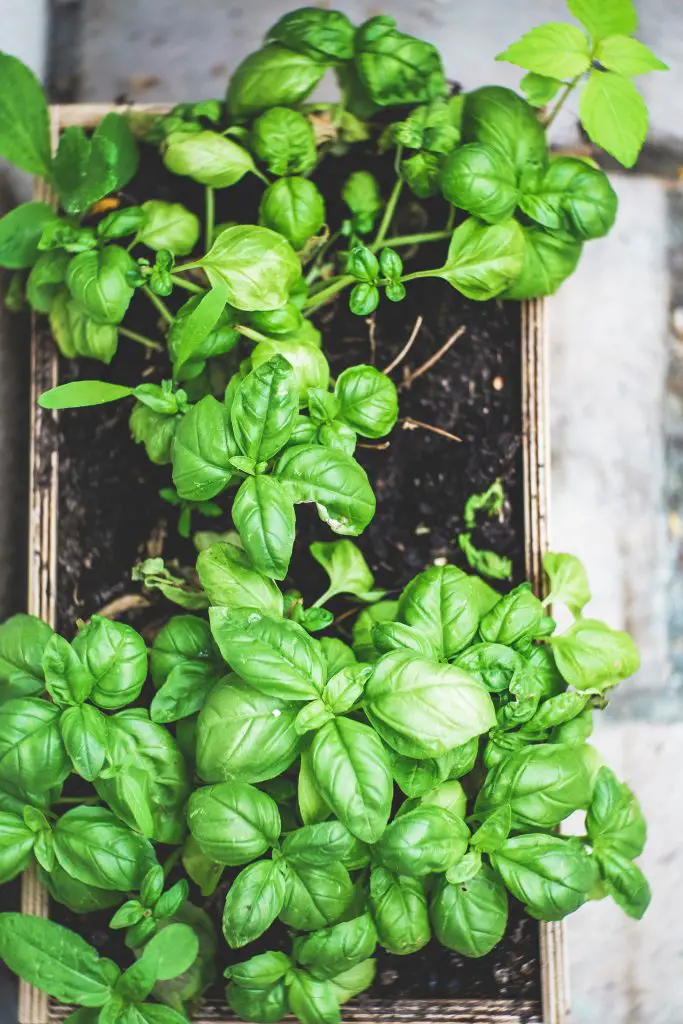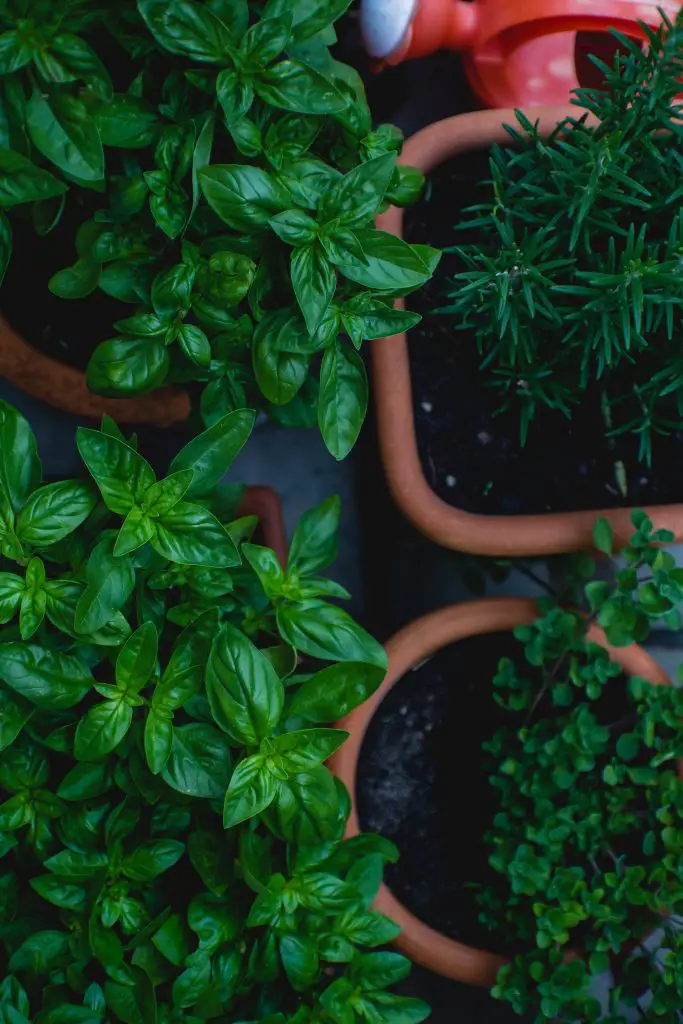Why Do Supermarket Herb Plants Die? If you have ever purchased potted herbs from the supermarket and tried to plant them in the garden you will know that they die very quickly no matter how much tender loving care you give them. So why does this happen?
Potted supermarket plants die quickly because the pots are very overcrowded within the pot. There are simply too many plants in a small space, which means that they can survive for a short period of time however, once plants begin to mature they quickly run out of room and nutrients. The death of the herbs will still occur even if the plant is put into the garden.
However, the good news is that you can remedy this situation relatively easily. A single potted herb plant can be used to give you an immediate harvest for your cooking and also produce enough viable plants to keep you going all season provided that you are willing to spend 10-15 minutes doing a little gardening.
I personally think it is worth it as it is pretty much the cheapest way to get fresh herbs for the season, apart from growing the herbs from seed.

How To Get The Most Out Of Potted Herbs
For people purchase herbs from the supermarket or local grocery store, to enable the herbs to be used immediately, with one of the most common herbs being basil. However, it is possible to take a harvest immediately and also position the plant to produce ongoing harvests.
When harvesting herbs for the first time it is best to start by removing or pinching out the tops of the shoots where leaves have formed. This should be done just above a pair of leaves or at the very least just above a point where new shoots are just beginning to form.
When picking it is only necessary to leave one set of leaves on each shoot as this will be sufficient to encourage the plant to reshoot to allow secondary harvests later on. This process will normally provide a more than adequate supply of herbs for your immediate cooking requirements.
Thinning Out
The second important step to ensuring the survival of the plant is to thin out the number of shoots within the pot as part of the picking process. When selecting the shoots to keep it is important to select only the strongest shoots. These are most easily identified by the thickness of the stems at the base of the plant, the thicker the better.
It is generally a good idea to reduce the number of seedlings down to around 6 if you plan to keep the herb in the same pot. By the time you have finished picking and thinning out the stems, you will find that the pot looks very sparse compared to what you purchased initially. However, do not worry as the plant will recover and will be better for the experience.
You may also observe that the remaining stems will flop over on their sides. They can be propped up using icy pole sticks and string. However, this is not absolutely essential as the stems over time will stand up by themselves in most cases.
Repotting
The other option that can be used to ensure an ongoing harvest is to divide the plants rather than just thinning them. This will generally give a better result than just thinning the basil down provided that the number of plants per pot is reduced sufficiently.
To re-pot the herbs successfully it is best to pick the herbs and divide them up into clumps of 2 to 3 strong shoots before placing them in new pots. A typical potted herb from the grocery store should produce 4 to 5 good quality plants.
To see an example of the process being completed in a few different ways it is worth watching the video below from Charles Dowding. Charles Dowding is a world-renowned market gardener that has over 35 years of experience and has published several books on No-Dig gardening.
In the video, Charles demonstrates how to pick herbs to ensure that he gets multiple harvests from the plant and he also compares three different techniques by looking at the herbs several weeks later.
How To Look After Herbs
Edible herbs in most cases perform best in full sun, however, one notable exception to this is mint which prefers part shade. Plants should be placed in locations that receive at least 6 to 8 hours of direct sunlight each day. Many of the annual herbs such as basil, chives, and dill can be planted alongside vegetables and make excellent companion plants in most cases.
However, if you live in a location with very hot summers, it is advisable to plant at least some of the herbs in dappled shade or in locations that are protected from the afternoon sun. This will ensure that that at least some of the plants do not get too hot. In very hot and dry conditions herbs such as parsley and particularly coriander can run to seed very quickly.
In terms of soil conditions, most herbs preferred a rich well-drained soil that contains plenty of organic matter such as compost and well-rotted manure. To help maintain a moist environment it is important to apply a thick layer of mulch. The preferred type of mulch is either straw or compost rather than something like wood chips which can temporarily draw nitrogen out of the soil during the decomposition process.
Perennial herbs such as oregano, thyme, and sage are generally more forgiving with respect to soil conditions than annual herbs. This is because of two main factors, firstly because they are perennial they have deeper root systems which mean that they are more able to tolerate dry conditions.
The second factor is that many of the plants mentioned above are Mediterranean plants that have evolved in dry conditions and are inherently more tolerant of dry conditions. Therefore these plants require significantly less water than other annual herbs.
Overwatering perennial herbs such as rosemary and thyme can lead to root rot diseases, therefore it is advisable to soak the plants periodically and then let the soil dry out in between waterings. For the annual herbs, the waterings need to be more frequent and it is important to not let the plants dry out.

Harvest Frequently
To get the absolute best out of your herbs it is important to harvest the plants frequently. Frequent picking encourages the plants to produce new shoots which means the herbs are at their most tender. As it is common to produce more herbs than you require it is worth pruning the plant in between pickings.
To ensure that you always have herbs available when you want them it is important to only remove around a 1/3 of the plant at any one time. If the plant begins to flower remove them as soon as they appear as this will ensure that the plant remains focused on producing leaves.
